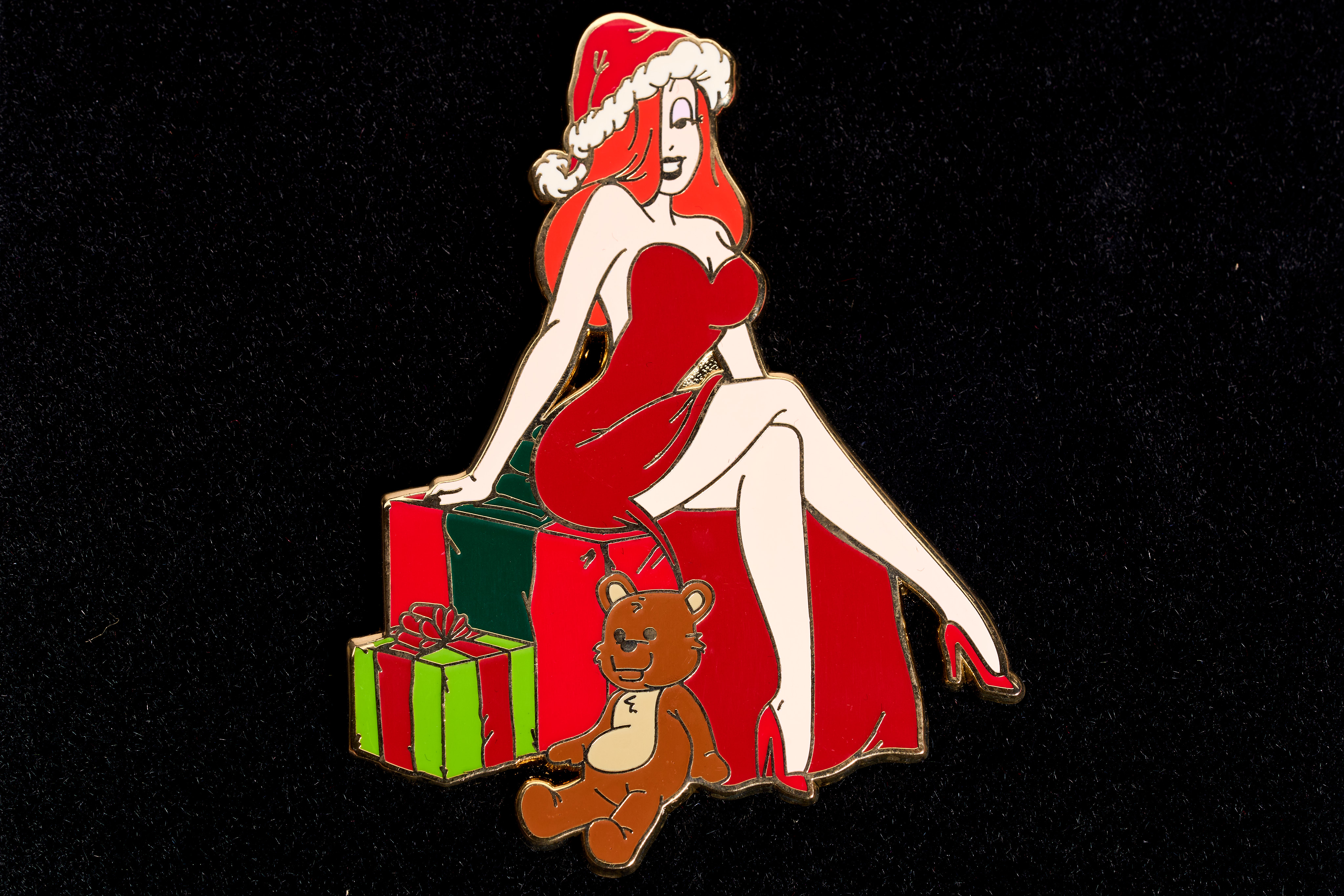AUTHENTICITY Has this set been faked before?

I have a Chance to purchase this as part of a lot.
My worry is that when I zoom in on Cinderella and compare her to the same photo on pinpics, the colors seem off. My wife says it’s just contrast of the photos being taken etc but I defer to the experts. I can’t imagine someone going through all the trouble of faking an LE 1000 but I’m also still new at this.
Sent from my iPhone using Tapatalk

